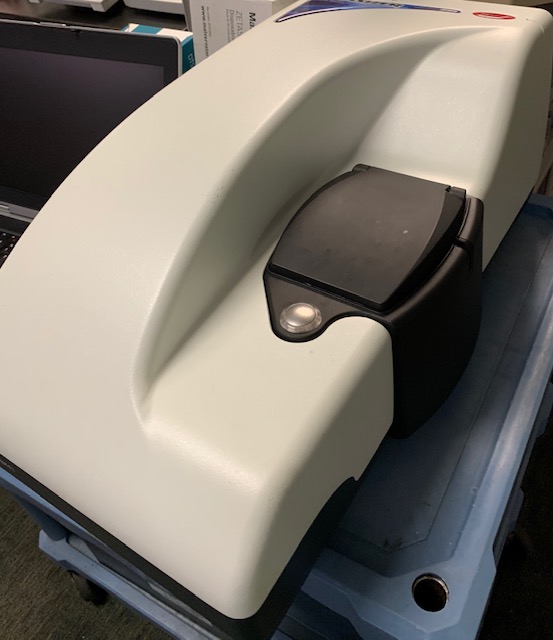
In this article, we intent to explore Hall’s design to overcome the mentioned limitations. Due to the complex nature of NLCs, it is likely that excipients will interact with each other, making it impossible to separate this from the excipient’s individual behaviour using the techniques described. Finally, in the case of fractional factorial design, another design type used regularly, main individual factors can be distinguished from others, but two-factor interactions are generally confounded 14. Nonetheless, in the context of many factors, mixture designs tend to be hard to analyse. Another important type of approach is the application of mixture designs to formulation development, especially for pharmaceutical formulations 13. Yet, when factors interact with each other, individual outcomes are indistinguishable from interactions 12. This design works for robustness assessments that check whether slight factor modifications influence outputs. When screening is prioritized, there is a plethora of design available 11, but the Plackett-Burman design is probably the most common 12.
#Malvern zetasizer nano za full#
Most of them performed small and isolated experimental full designs with few excipients, which aids formulation improvement but not interaction screening 6, 7, 8, 9, 10. Some researchers assessed both qualitative and quantitative influences of the excipient type/quantity for NLCs. Therefore, to perform a rational formulation design, it is crucial to know which excipients interact with each other and change physicochemical attributes. Critical formulation parameters of NLCs include lipid type, amount and melting point core crystallinity drug and surfactant properties 5.

To manipulate these properties, one could alter critical process parameters or formulation parameters. In order to obtain reproducible and stable NLCs, they should present low particle size dispersity, high zeta potential in module and constant size range 4. They are submicron particles of a mixed solid-liquid lipid core coated with surfactants the carried substance generally being located within the lipid core. Nanostructured lipid carriers (NLCs) are the second generation of solid lipid nanoparticles (SLN), widely used as biodegradable and safe delivery systems for hydrophobic drugs and bioactive substances 1, 2, 3. Our results demonstrate the methodology’s robustness, which can be applied to other nanoparticles and establish a cost-effective excipient evaluation. Following the verified trends, we produced an optimized NLC that exhibited all desirable physicochemical characteristics and a modified drug release profile. Cetyl palmitate, beeswax, castor oil, capric/caprylic acid and polysorbate 80 all presented larger effects amongst the studied factors as well as a clear pattern of synergistic interactions. The evaluated parameters were z-average size (DLS), dispersity (DLS), zeta potential (electrophoretic mobility) and entrapment efficiency (HPLC). NLCs were prepared using a hot emulsification-ultrasonication method with lidocaine and nine excipients (solid lipids, oils and surfactants).

This approach is based on two sequential experiments using Hall-2 experimental design and analysis of excipient interactions in respect to their physicochemical properties by multilevel statistics. The present article introduces an alternative approach for evaluating a great number of excipients with few samples, using NLC as a model delivery system. Nanostructured lipid carriers (NLCs) include at least three types of excipient, which enhance excipient interaction possibilities and relevance. Excipient interaction has become essential knowledge for rational formulation design of nanoparticles.


 0 kommentar(er)
0 kommentar(er)
